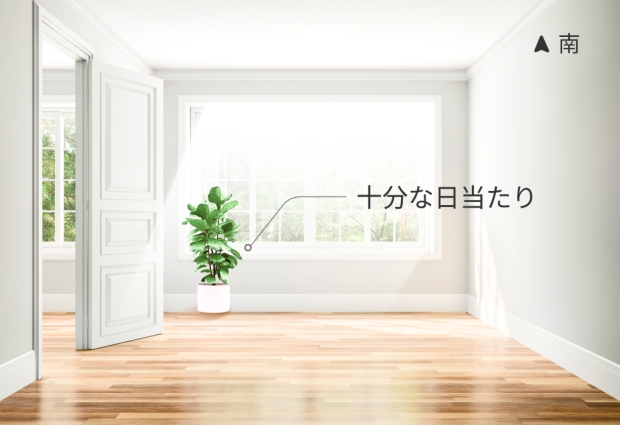Troubleshooting a Succulent With Yellow or Brown Leaves
Troubleshooting a Succulent With Yellow or Brown Leaves
Too Much Light

Overwatering

Underwatering

Natural Leaf Drop
Removing Yellow or Brown Leaves
How to Prevent and Treat Leaf Drop
How to Prevent and Treat Leaf Drop

When Is Leave Drop an Issue?
- Soil that is overly wet or dry and crumbly
- Entire sections of the plant are withered
- Leaves are yellowing or show signs of disease
- There is evidence of insect infestations
- The plant recently experienced changes in temperature or light exposure
How to Help Problem Plants

How to Prevent Dropped Leaves in the First Place
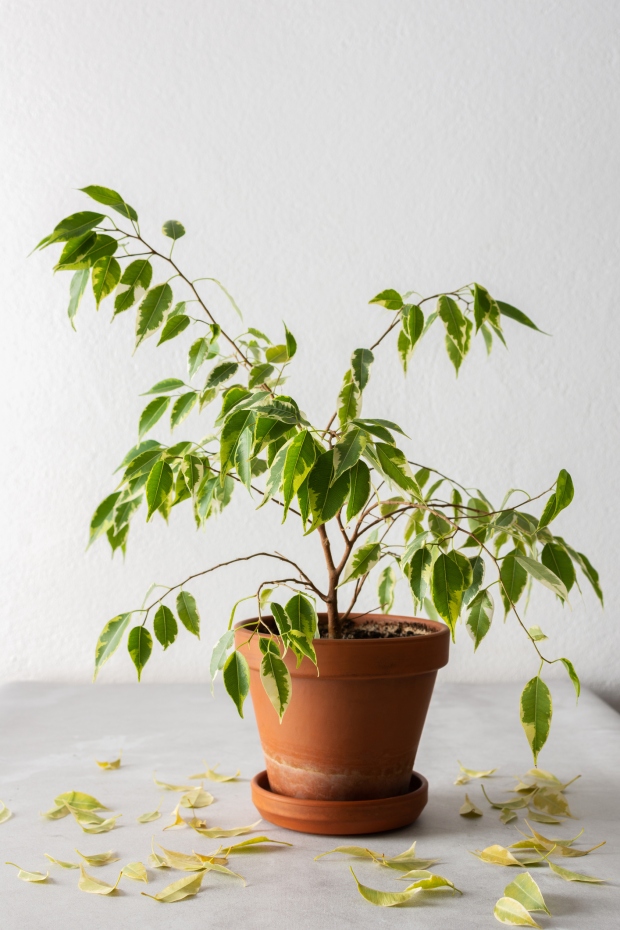
Why Do Plants Drop Their Leaves?
Why Do Plants Drop Their Leaves?
Moving Locations

Lighting Changes
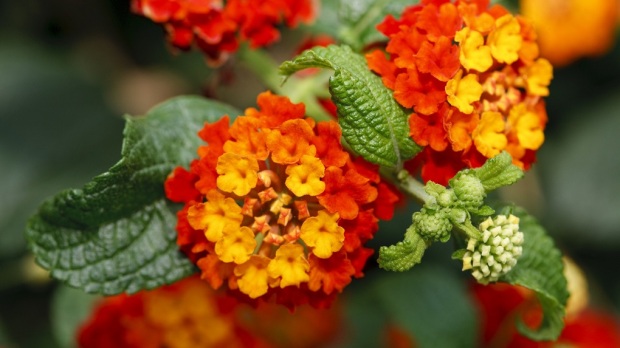
Inconsistent Watering

Temperature Changes
Physical Damage
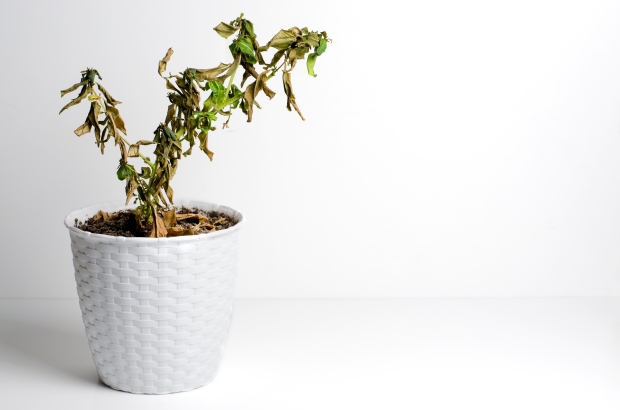
Nutrient Deficiency
Container Sizing

Pests and Disease

RFP-JPN-Cultivar Description
RFP(提案依頼書)
Cultivar Description(栽培品種の説明) – コンテンツ作成
V.1.0.3-20220408
このコンテンツの目的
このライティング作業では、ユーザーが特定の栽培品種に対して明確な第一印象が得られるような説明文を作成していただきます。栽培品種の特徴について直接的に述べられている最初のセクションとなるため、ユーザーが品種の起源や、栽培されている理由などの情報が含まれている必要があります。可能な限り、その品種の個性がわかるような内容になるように説明文を作成してください。
※栽培品種とは、人工交配によって開発された植物の雑種のことです。種から育った子供が両親と同じ遺伝子を持つことは、ほとんどありません。
※日本では「園芸品種」や「園芸種」という言葉が使われることがありますが、これは栽培品種が利用される分野のうち、園芸分野で利用される品種のみを指す場合に用いられる用語です。英語ではこの区別はなく、どちらも「cultivar」と表現されます。
本セクションは以下の画像のように表示されます。
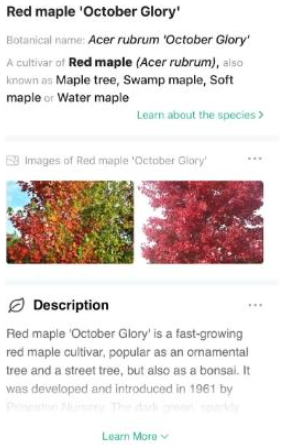
必要条件
1.一般要件:
- 文字数:説明文一つにつき80〜120文字に収めてください。
- 栽培品種の個性を強調してください:植物全体ではなく、ターゲットの栽培品種の特徴についてのみ触れてください。このセクションでは種(species)の一般的な特徴はNGです。
- 定型的な表現は避けてください:同じ作業セット(taskと呼ばれています)内に似た構造を持った説明文が繰り返し現れないように注意してコンテンツを作成してください。内容が過度に定型的な場合(50%以上の内容の形式が別の説明文と同じ)は却下されます。
- 単純な列挙は避けてください:この条件は、地理的な分布や生息地などのあらゆる場面に適用されます。例えば分布が「日本、韓国、内モンゴル、ロシア極東」の場合、「北東アジア」などのより包括的な用語を使用するようにしてください。原則一度に3つ以上の項目(国、生息地など)を列挙しないようにしてください。
- 異なる角度からの事実(fact)を含めてください:各説明文は、2つ以上の事実(fact)で構成されている必要があります(推奨される事実については「2.」をご覧ください)。
2.興味深いとされる事実(含めてください)
- どの植物から作られたか
- 交配親に欠けていた、その栽培品種が持つ特徴
- 園芸的用途、食材としての利用、経済的用途など(特徴的な内容である場合)。
- 特筆すべき外観:他の品種とどう異なるかを明確に記してください。写真が表示されるため、詳しく説明する必要はありません。違いを強調してください)
- 名前の由来:その品種がその名前で呼ばれる理由(ただし、その品種の持つ色とその他の特徴で名前が構成されている場合は、色の部分だけを説明しないように気をつけてください)
- その他の人気の品種との類似点と見分け方
3.避けるべき内容:(含めないでください)
- 植物の原産地、外見、大きさなどの交配親と共通する特徴(その品種の特徴である場合を除く)、あるいは他の品種にも見られるような特徴は含めないでください。
- 手入れの仕方や繁殖の方法については触れないでください。
- 学名のシノニム(同義語)や一般名の別名を含めないでください。これらの名称は、すでに当システムによって別のセクションにリストアップされています。興味深い背景や経緯がある場合を除き、説明文に含めないようにしてください。
- 空気清浄効果については言及しないでください。さまざまな場所でこの効果を支持する「NASA空気清浄研究」が引用されていますが、実際のところ、植物の空気浄化効率は低いために実用化が難しいことが後に明らかになっています。したがって、植物が有害物質を吸着する効果は現実的ではないため、このセクションでは植物の空気清浄効果については触れないようにしてください。
特に注意すべきポイント
- 可能な限りラテン名ではなく、一般名(common names)を使用してください。
- ラテン語の単語はすべてイタリック体で記述してください(例:学名、親植物名など)。
- リサーチの結果与えられた植物が栽培品種でないとわかった場合は、アイテムのコメント欄にでその旨を報告してください。
- ターゲットの栽培品種についての内容とは明記されている情報のみを参考にしてください。
下記のようなページは、ページ内に科、属、種などについての情報が混在しているため、参考にする際はコマンド(ctrl)+Fのページ内検索を活用して適切な情報のみを選んでください
三河の植物観察、RHS、みんなの趣味の園芸 - 検索のコツ:学名から引用符やcv.を除いて検索するとより多くのサイトがヒットします。栽培品種名の表記は一様でないため、作業ページの学名をそのままコピペして検索すると、同一の植物だけど異なる表記をしているサイトが除外されてしまいます。
説明文の例
Osteospermum ‘Pink Whirls’(オステオスペルマム ピンクウィレル)
- オステオスペルマム ピンクウィレルは、アフリカンデイジーの中でも特に個性的な品種として人気があります。ピンク色の花弁は、真ん中がつままれたように細く丸まっており【個性】、その様子がスプーンに見えることから「スプーンデイジー」という通称でも親しまれています。【名前の由来】
Paste as plain text
栽培品種名のルール
栽培品種であることは、以下の2つの方法で表されます。
- 単一引用符で小名を囲むことで表す
属名+種小名+‘栽培品種形容語’ = 栽培品種名
(例:Cryptomeria japonica ‘Elegans’ )
- cultivarの略語「cv.」を使用する
属名+種小名+cv.+栽培品種形容語 = 栽培品種名
test html with
Lorem ipsum dolor sit amet, consectetur adipiscing elit. Ut elit tellus, luctus nec ullamcorper mattis, pulvinar dapibus leo._COMMON_NAME_
qwertg
Add Your Heading Text Here
Day 7-Snack: Apple with Almond Butter
Day 7
Snack: Apple with Almond Butter
Cooking time: 5 minutes
Calories: 226
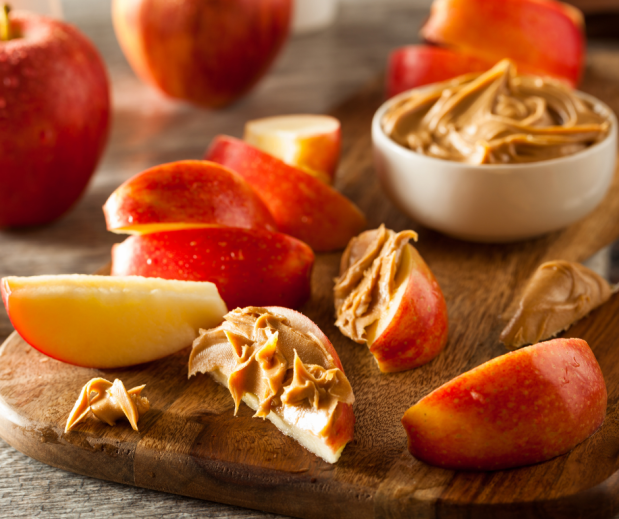
Ingredients:
- 1 medium apple, sliced
- 1 tablespoon natural almond butter (no added sugar, no added salt)
How to make:
1. Spread almond butter on apple slices and enjoy a quick and rich in fats healthy snack!
Nutrients
Water: 207.06 g
Energy: 226 kcal
Protein: 4.1 g
Total lipid (fat): 9.4 g
Saturated fat: 0.8 g
Carbohydrate: 35 g
Fiber, total dietary: 7.3 g
Sugars, including NLEA: 26 g
Added sugars: 0 g
Calcium (Ca): 58.47 mg
Iron (Fe): 0.79 mg
Magnesium (Mg): 12.1 mg
Phosphorus (P): 26.62 mg
Potassium (K): 363.94 mg
Sodium (Na): 2.42 mg
Day 7-Dinner: Sheet Pan Chicken with Vegetables
Day 7
Dinner: Sheet Pan Chicken with Vegetables
Cooking time: 30 minutes
Calories: 385
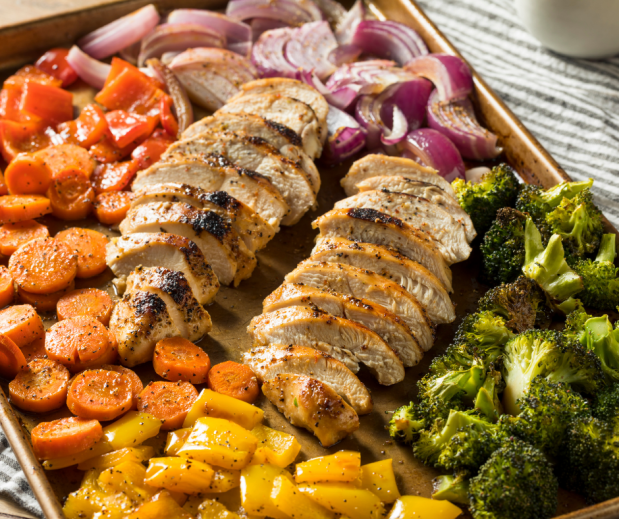
Ingredients:
- 1 teaspoon extra-virgin olive oil
- ½ teaspoon dried basil
- ½ teaspoon dried oregano
- ½ teaspoon dried rosemary
- ½ teaspoon garlic powder
- dash of salt and ground black pepper
- 5oz (142g) chicken breast, skinless and boneless
- 1 medium carrot (60g), sliced
- 1 cup (90g) broccoli
- ½ cup yellow bell pepper, chopped
- ½ cup red bell pepper, chopped
- ¼ cup red onion, sliced
How to make:
- Preheat the oven to 400ºF (200ºC) and prepare a baking sheet greased with olive oil.
- In a small mixing bowl, combine olive oil, herbs, and spices.
- Place chicken breast into the prepared baking sheet and arrange all the vegetables around it in one layer.
- Drizzle with the previously made dressing and toss everything to coat.ake for about 25-30 minutes, flipping once halfway.
Nutrients
Water: 327.74 g
Energy: 385 kcal
Protein: 37 g
Total lipid (fat): 9.8 g
Saturated fat: 1.8 g
Carbohydrate: 40 g
Fiber, total dietary: 8.7 g
Sugars, including NLEA: 12 g
Added sugars: 0 g
Calcium (Ca): 189.13 mg
Iron (Fe): 4.75 mg
Magnesium (Mg): 102.37 mg
Phosphorus (P): 433.57 mg
Potassium (K): 1247.17 mg
Sodium (Na): 313.06 mg
Day 7-Lunch: Pasta with Broccoli
Day 7
Lunch: Pasta with Broccoli
Cooking time: 15 minutes
Calories: 358
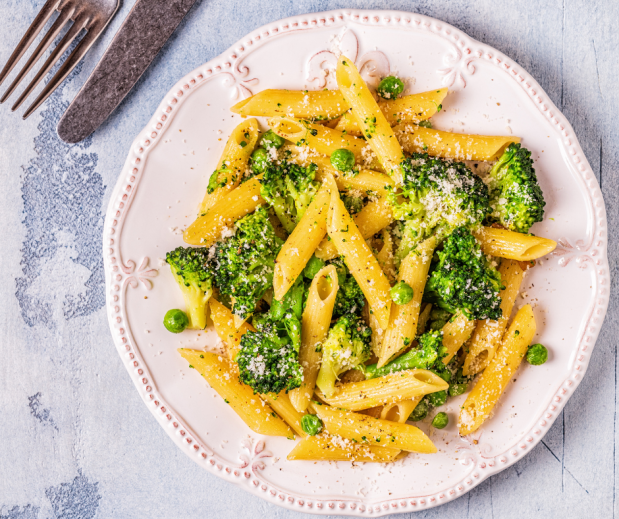
Ingredients:
- ¾ cup (75g) whole-wheat penne pasta
- 1 cup (91g) broccoli, cut into florets
- 1 teaspoon extra-virgin olive oil
- Dash of salt and pepper
- 1 tablespoon parmesan cheese
How to make:
- Cook pasta according to package instructions. Drain and set it aside.
- Meanwhile, bring a small pot with water to a boil, add broccoli and cook for about 4-5 minutes. Drain well.
- Transfer cooked pasta to a serving plate, add broccoli, drizzle with olive oil, and season with salt and pepper.
- Sprinkle the parmesan cheese over.
Nutrients
Water: 88.84 g
Energy: 358 kcal
Protein: 15 g
Total lipid (fat): 9.6 g
Saturated fat: 2.3 g
Carbohydrate: 57 g
Fiber, total dietary: 8.9 g
Sugars, including NLEA: 3.5 g
Added sugars: 0.9 g
Calcium (Ca): 130.76 mg
Iron (Fe): 3.3 mg
Magnesium (Mg): 112.96 mg
Phosphorus (P): 352.63 mg
Potassium (K): 610.85 mg
Sodium (Na): 322.46 mg
